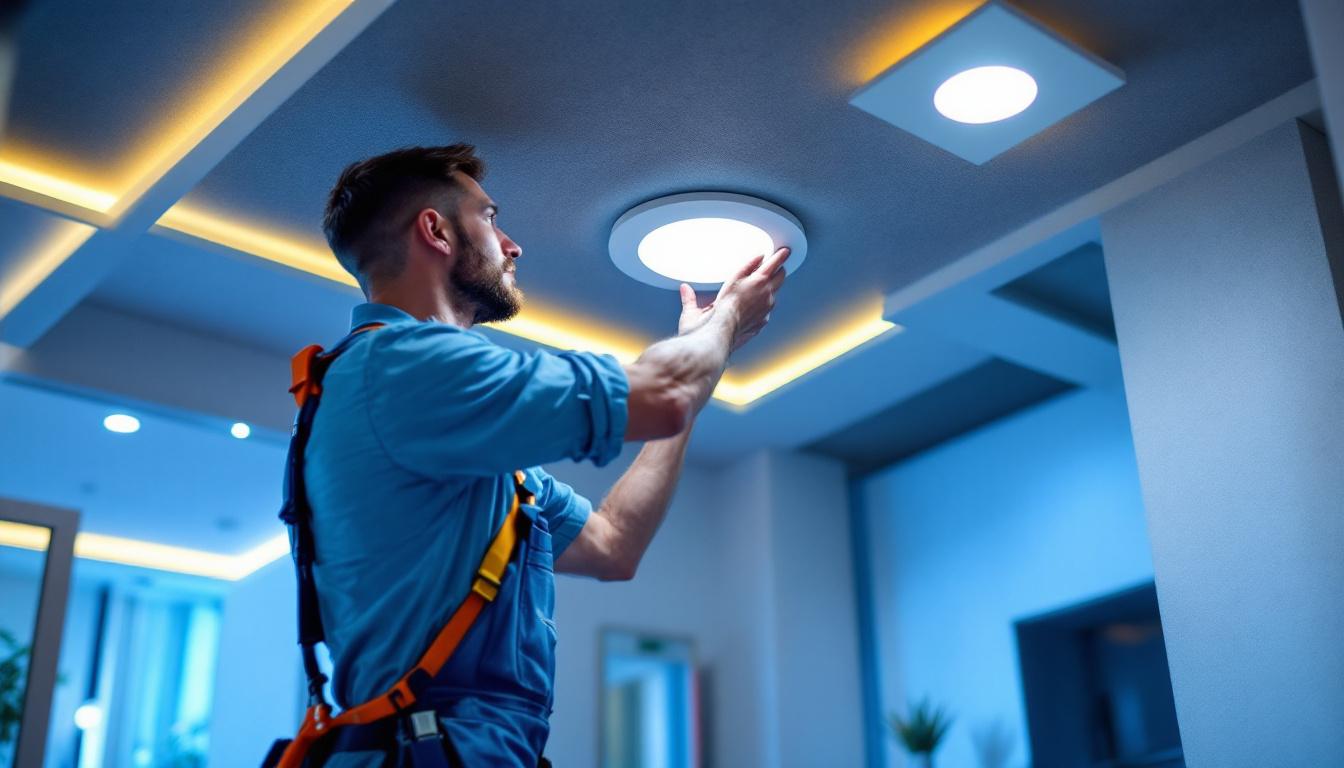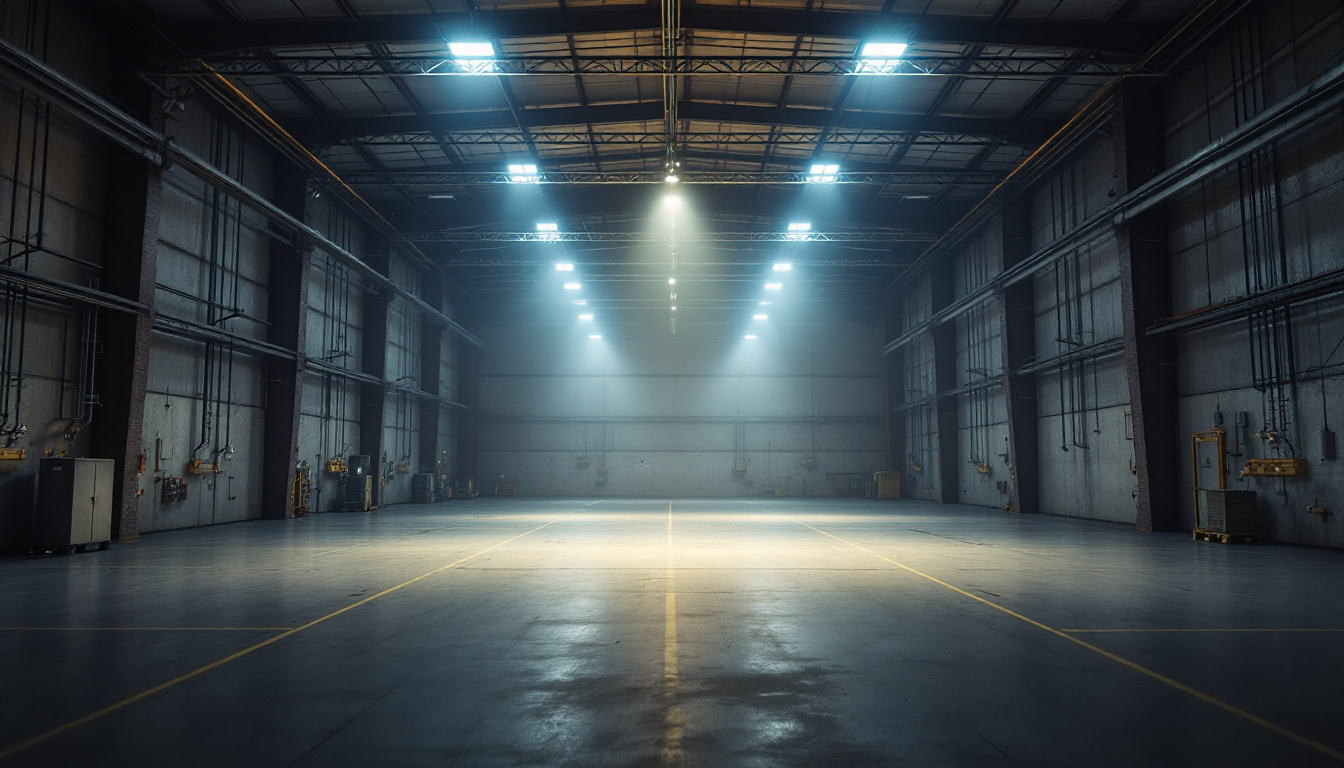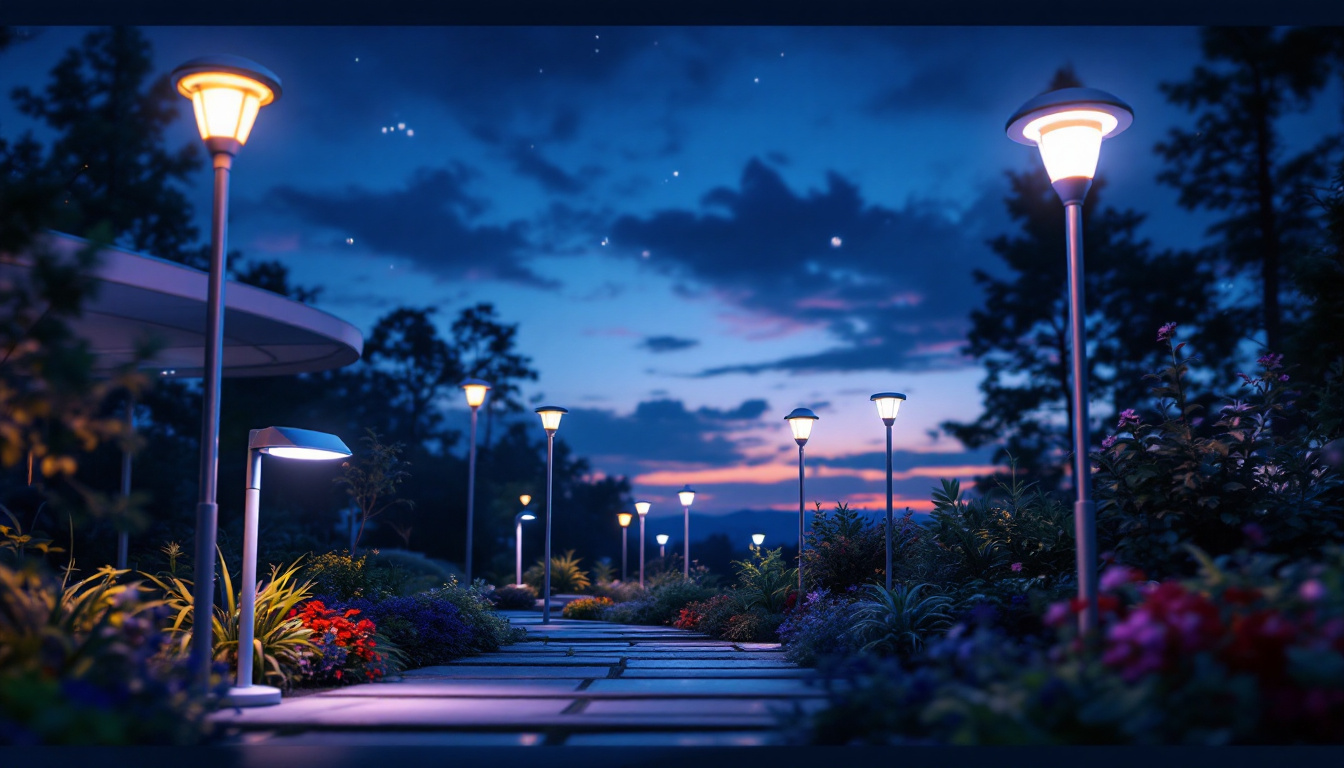
Recessed LED downlights have gained immense popularity in the lighting industry, particularly among contractors who seek efficient and stylish lighting solutions. These fixtures not only enhance the aesthetic appeal of a space but also offer significant energy savings and versatility. Understanding the essential facts about recessed LED downlights can empower lighting contractors to make informed choices for their projects, ensuring customer satisfaction and optimal performance.
Recessed LED downlights, often referred to as can lights or pot lights, are fixtures that are installed into a hollow opening in the ceiling. Unlike traditional lighting options that hang from the ceiling, recessed lights provide a clean and modern look, making them a preferred choice for residential and commercial spaces alike. Their unobtrusive design allows for a seamless integration into various architectural styles, enhancing the overall aesthetic without overwhelming the space.
To fully grasp the functionality of recessed LED downlights, it is essential to understand their key components. Typically, these fixtures consist of three main parts: the housing, the trim, and the LED light source. The housing is the body of the fixture that is installed into the ceiling, while the trim is the visible part that provides the aesthetic finish. The LED light source, which can be integrated or replaceable, is responsible for illuminating the space.
Each component plays a crucial role in the overall performance and appearance of the downlight. For instance, the housing must be compatible with the ceiling type and insulation to ensure safety and efficiency. The trim comes in various styles and finishes, allowing contractors to choose options that match the interior design of the space. Furthermore, the choice of trim can influence the beam angle and light distribution, which are essential for achieving the desired ambiance and functionality in different areas, such as kitchens, living rooms, or commercial settings.
Recessed LED downlights offer numerous advantages that make them a preferred choice among lighting contractors. One of the most significant benefits is energy efficiency. LED technology consumes significantly less power compared to traditional incandescent or fluorescent bulbs, leading to reduced energy bills for clients.
Additionally, recessed LED downlights have a longer lifespan, often lasting up to 25,000 hours or more. This longevity reduces the frequency of replacements, saving both time and money for contractors and their clients. Moreover, the low heat output of LEDs minimizes the risk of overheating, making them a safer option for various applications. Beyond these practical benefits, recessed LED downlights also offer versatility in design and functionality. They can be used for task lighting, accent lighting, or general illumination, making them suitable for a wide range of environments. With the option to dim these lights or change their color temperature, users can easily create dynamic lighting schemes that adapt to different moods and activities, further enhancing the appeal of any space.
Proper installation is critical to the performance and safety of recessed LED downlights. Lighting contractors must consider several factors during the installation process to ensure optimal results.
The first step in the installation process is selecting the appropriate housing for the recessed downlight. There are different types of housings designed for various ceiling materials, including new construction and remodel housings. New construction housings are ideal for spaces where the ceiling is still being built, while remodel housings are designed for existing ceilings.
Contractors should also consider the insulation contact (IC) rating of the housing. IC-rated housings are designed to be in direct contact with insulation, ensuring safety and compliance with building codes. Non-IC rated housings must be installed with a minimum clearance from insulation to prevent overheating. Furthermore, the choice of housing can also impact the overall aesthetic of the space; some housings allow for adjustable trims, which can be particularly beneficial in areas where flexibility in lighting direction is desired, such as in art galleries or living rooms.
Placement and spacing are crucial for achieving the desired lighting effect. Contractors should consider the purpose of the space and the desired ambiance when determining the layout of recessed downlights. A common guideline is to space the fixtures approximately 4 to 6 feet apart for general lighting, while accent lighting may require closer spacing.
Additionally, it is essential to avoid placing recessed lights too close to walls, as this can create harsh shadows. Instead, a distance of 1.5 to 2 feet from the wall is recommended for optimal illumination. Moreover, the height of the ceiling plays a significant role in determining the effectiveness of the lighting; higher ceilings may require more powerful fixtures or additional downlights to ensure adequate brightness. In contrast, lower ceilings can benefit from narrower beam angles to create a more focused light that enhances the perceived height of the room. By carefully considering these factors, contractors can create a well-balanced lighting scheme that enhances both functionality and aesthetics in any space.
With various LED technologies available, lighting contractors must be well-informed to select the best option for their projects. Understanding the differences between integrated and retrofit LED solutions, as well as color temperature and lumens, is essential for achieving the desired lighting effect.
Integrated LED downlights come with built-in LED modules, making them a convenient option for contractors. These fixtures often have a sleek design and are easy to install. However, if the LED module fails, the entire fixture typically needs to be replaced.
On the other hand, retrofit LED solutions allow contractors to replace the bulb or module without replacing the entire fixture. This flexibility can be advantageous for clients who may want to upgrade their lighting in the future without incurring the cost of new fixtures.
Color temperature and lumens are critical factors in determining the quality of light produced by recessed LED downlights. Color temperature, measured in Kelvin (K), indicates the warmth or coolness of the light. For example, a color temperature of 2700K provides a warm, inviting glow, ideal for residential settings, while 5000K offers a cooler, daylight-like effect suitable for task-oriented spaces.
Lumens measure the brightness of the light output. Contractors should assess the specific lighting needs of each space to determine the appropriate lumen output. For general lighting, a range of 800 to 1600 lumens per fixture is often suitable, depending on the size and purpose of the area.
As energy efficiency becomes increasingly important, recessed LED downlights stand out as a sustainable lighting solution. Contractors play a vital role in promoting energy-efficient practices by recommending LED options to their clients.
Energy Star ratings indicate that a product meets strict energy efficiency guidelines set by the U.S. Environmental Protection Agency. Recessed LED downlights with Energy Star certification are designed to use less energy while providing high-quality lighting. Contractors should prioritize these products to help clients reduce their energy consumption and lower utility bills.
Additionally, many utility companies offer rebates and incentives for installing energy-efficient lighting, further encouraging clients to choose LED solutions. Contractors can leverage these programs to provide cost-effective options for their clients while promoting sustainability.
By opting for recessed LED downlights, contractors contribute to reducing the carbon footprint associated with traditional lighting solutions. The lower energy consumption of LEDs translates to fewer greenhouse gas emissions from power plants. As more contractors embrace sustainable practices, the collective impact on the environment can be significant.
While recessed LED downlights offer numerous benefits, contractors may encounter challenges during installation and maintenance. Being aware of these potential issues and their solutions can streamline the process and enhance customer satisfaction.
Overheating can be a concern with recessed lighting, particularly if the fixtures are not installed correctly or if the wrong housing is used. To mitigate this risk, contractors should ensure proper ventilation and select IC-rated housings when necessary. Additionally, using LED fixtures with built-in thermal management features can help dissipate heat effectively.
Flickering lights can be a frustrating issue for clients. This problem often arises from incompatible dimmer switches or poor-quality LED products. Contractors should recommend high-quality dimmable LED downlights and ensure compatibility with existing dimmer systems. Upgrading to newer dimmer switches designed for LED technology can also resolve flickering issues.
The lighting industry is continually evolving, and recessed LED downlights are no exception. Staying informed about emerging trends can help contractors remain competitive and provide innovative solutions to their clients.
Smart lighting technology is gaining traction, allowing users to control their lighting remotely through smartphones or voice-activated devices. Recessed LED downlights that integrate with smart home systems offer convenience and energy savings. Contractors should consider recommending these options to clients seeking modern, tech-savvy solutions.
As design preferences shift, recessed LED downlights are becoming more versatile in terms of aesthetics. Manufacturers are introducing a variety of trim styles, colors, and finishes to cater to diverse interior design trends. Contractors can enhance their offerings by staying updated on the latest design innovations and recommending fixtures that align with their clients’ tastes.
Recessed LED downlights are an essential component of modern lighting design, offering energy efficiency, versatility, and aesthetic appeal. For lighting contractors, understanding the key facts about these fixtures is crucial for making informed decisions that benefit both their clients and their businesses.
From installation considerations to the latest trends in technology and design, being well-versed in recessed LED downlights empowers contractors to provide exceptional service and create beautiful, functional spaces. As the industry continues to evolve, embracing these advancements will not only enhance the contractor’s skill set but also contribute to a more sustainable future in lighting.
Ready to elevate your lighting projects with the efficiency, versatility, and aesthetic appeal of recessed LED downlights? At LumenWholesale, we provide lighting contractors with spec-grade lighting solutions that meet the highest industry standards. Our commitment to quality, coupled with unbeatable wholesale prices, ensures that you can deliver exceptional value to your clients. Say goodbye to inflated markups and hidden fees with our hassle-free bulk buying and free shipping. Make the smart choice for your business and visit LumenWholesale today to access premium lighting at the best value for all your contracting needs.
Explore the pros and cons of large shop ceiling fans versus alternative cooling solutions in this insightful guide tailored for lighting contractors.

Discover the pitfalls lighting contractors often encounter with high bay light spacing.

Discover the transformation of outdoor lighting with solar-powered solutions.

Explore how plastic junction box covers play a crucial role in enhancing energy efficiency in modern buildings.